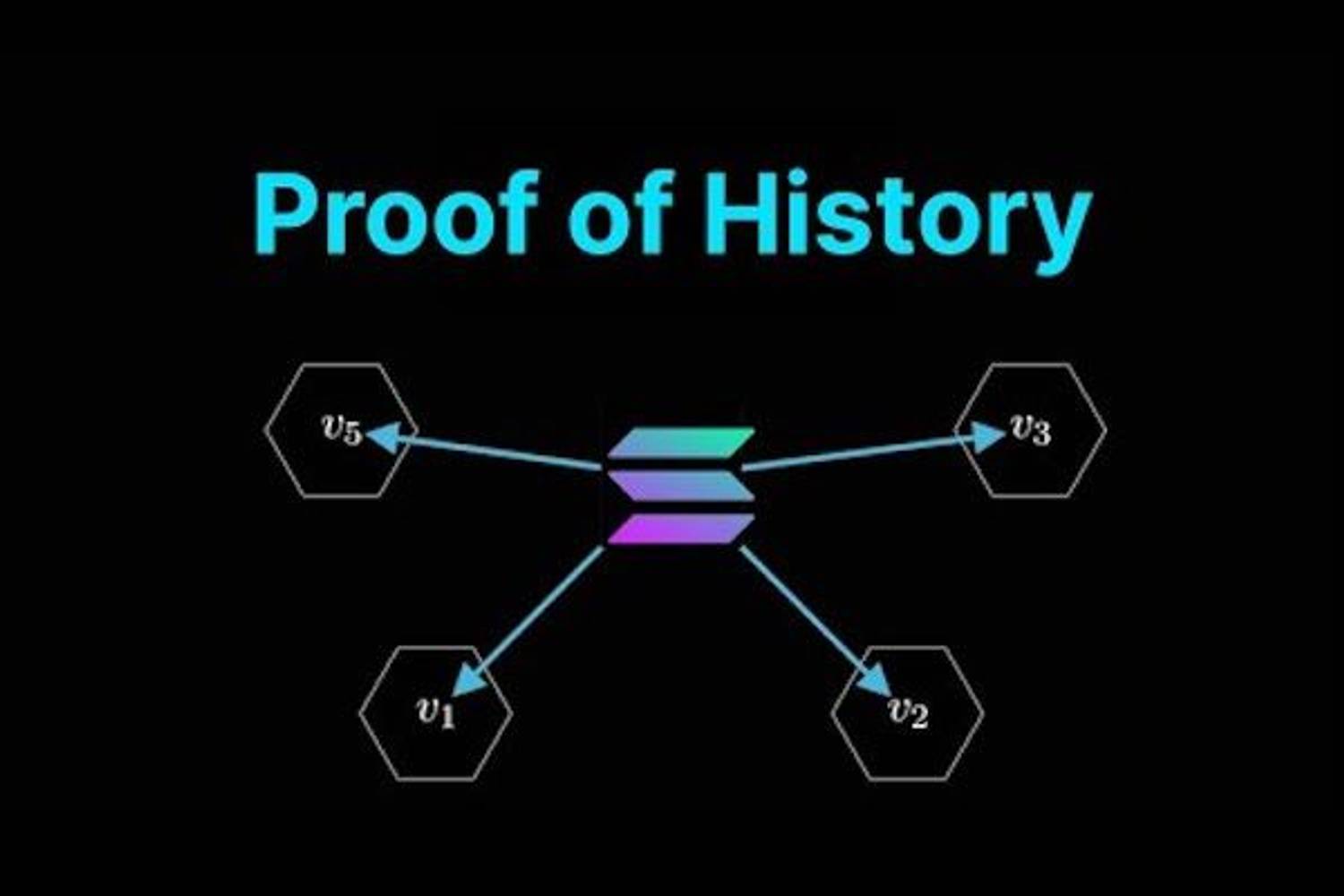Demystifying Solana's Proof of History: A Groundbreaking Approach to Consensus
Solana, a high-performance blockchain platform, has developed a novel consensus mechanism called Proof of History (PoH). PoH allows Solana to achieve incredible transaction throughput, low latency, and a secure, decentralized network.
- Author: Illustrious
- Published: April 19, 2023 at 14:41
Blockchain technology has seen significant advancements over the years, with various platforms offering unique solutions to tackle the issues of scalability, security, and decentralization. Solana, a high-performance blockchain platform, has developed a novel consensus mechanism called Proof of History (PoH). PoH allows Solana to achieve incredible transaction throughput, low latency, and a secure, decentralized network. This article explores the core concepts of Proof of History and how it functions as a clock for blockchain.
What is Proof of History?
Proof of History is a consensus mechanism created by Solana to address the limitations of traditional blockchain systems, such as Bitcoin's Proof of Work (PoW) and Ethereum's Proof of Stake (PoS). PoH introduces a new way to validate transactions and record the order of events in a decentralized, trustless manner. It achieves this by using cryptographic techniques to create a secure, verifiable, and permanent timestamp for each transaction.
How does Proof of History work?
- Cryptographic Timestamping
The core innovation behind Proof of History is the use of cryptographic timestamping. This process involves a sequential pre-image resistant hash function, which creates a unique, irreversible output based on an input. In Solana's case, the input is a combination of the current state of the blockchain and a random seed. The output, also known as the hash, serves as a verifiable timestamp.
- Generating a Hash Chain
Solana generates a hash chain by iteratively applying the hash function to the previous output. Each step in the chain represents a single tick, and the elapsed time between ticks can be calculated by counting the number of hash operations. The result is a continuous, verifiable record of time that is used to order transactions.
- Recording Transactions
To record a transaction on Solana, a user sends their transaction data along with the most recent hash they have observed. Validators on the network then verify the transaction by checking that it is correctly signed and that it references a hash within the current PoH sequence. This ensures that the transaction is both valid and occurred at a specific point in time.
- Consensus
Once transactions are timestamped using PoH, they are processed by the Solana network using a PoS-based consensus algorithm called Tower BFT. Validators stake Solana's native token (SOL) to participate in the consensus process, and they earn rewards for validating transactions and securing the network. Tower BFT leverages PoH's verifiable timekeeping to quickly and securely achieve consensus, allowing Solana to handle thousands of transactions per second.
Benefits of Proof of History
- Scalability:
Solana's PoH mechanism enables the network to process thousands of transactions per second, making it one of the most scalable blockchain platforms in the industry.
- Low Latency:
The use of cryptographic timestamping allows Solana to achieve low latency and maintain a high degree of accuracy in recording transactions.
- Security:
PoH's verifiable timestamps and PoS-based consensus algorithm ensure that the Solana network remains secure and resistant to attacks.
- Energy Efficiency:
Unlike PoW-based systems, PoH does not require intensive computational resources, making it a more energy-efficient and environmentally friendly alternative.
Conclusion
Solana's Proof of History offers an innovative approach to achieving scalability, security, and decentralization in blockchain systems. By creating a verifiable and secure timestamp for each transaction, PoH functions as a clock for the Solana network, enabling it to handle thousands of transactions per second. This groundbreaking technology has the potential to revolutionize the way we build and interact with decentralized applications, paving the way for a new generation of high-performance blockchain platforms.

